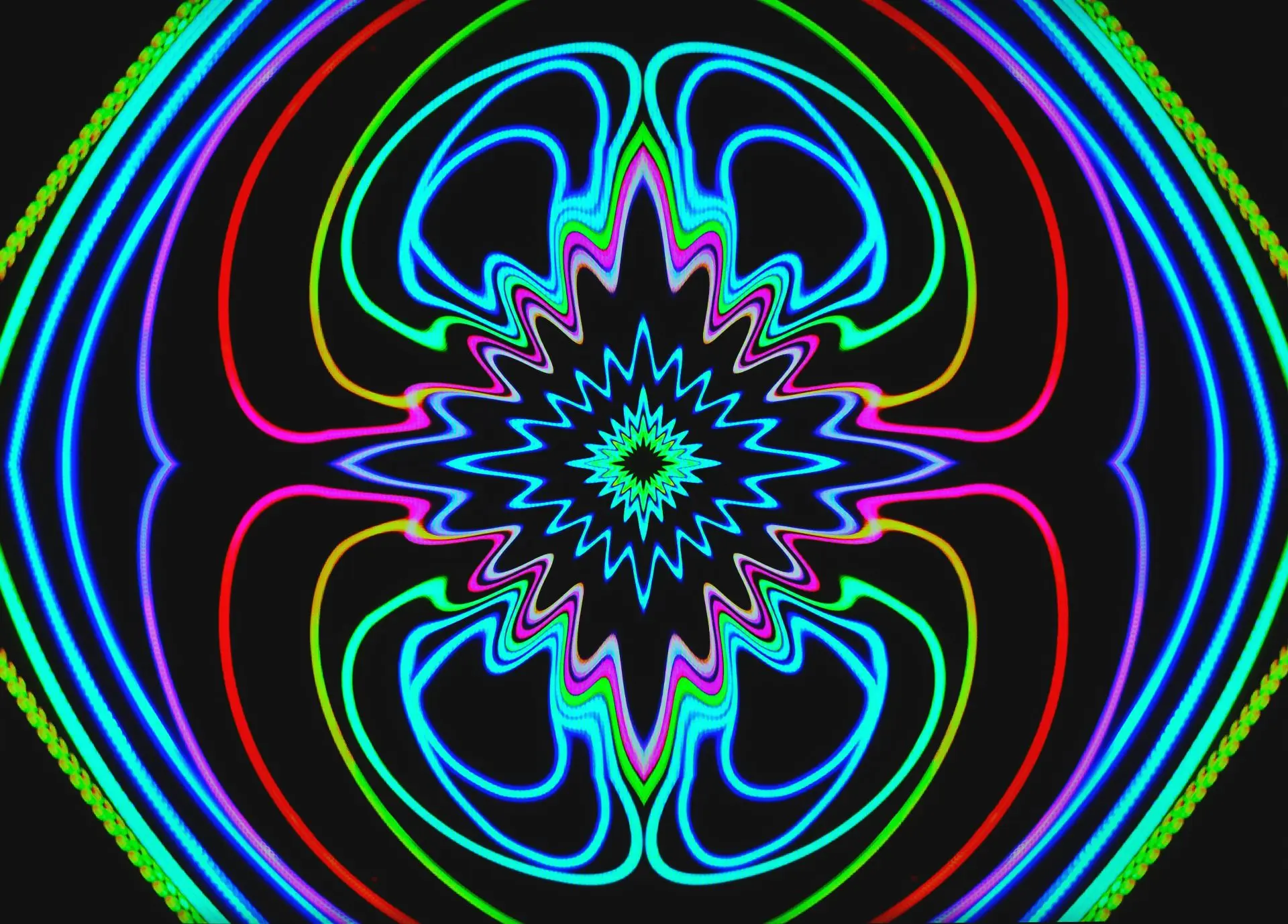The Impact of Color Psychology in Marketing

Looking for more amazing products? Check out our online store and explore our collection here! Happy shopping!
Before diving in, please note: This post is for informational purposes only. If you’d like to know more about how we approach topics, feel free to check out our friendly Disclaimer Page.
Hey there, amazing readers! 
We’re committed to delivering quality posts, and your support (even just sticking around despite the ads) means everything to us. So, bear with us, and thanks for helping us keep the good vibes rolling. Now, on to the fun stuff!
TRANSLATE BUTTON AT THE END OF THE ARTICLE
A Quick Overview
Color psychology in marketing is a powerful tool that can influence consumer behavior, evoke emotions, and enhance brand recognition.
Understanding how colors impact the human psyche is crucial for businesses looking to create effective marketing strategies.
By harnessing the psychological effects of colors, companies can establish a strong brand identity, increase sales, and build lasting relationships with their target audience.
In this article, we will delve into the realm of color psychology in marketing, exploring how different colors can influence consumer behavior, the role of color in branding, and how businesses can effectively use color to drive their marketing efforts.
Introduction to Color Psychology in Marketing
Color psychology in marketing is the study of how different hues can affect consumer perceptions and behavior.
Colors have the power to evoke emotions, convey messages, and create associations in the minds of consumers.
Marketers use color strategically to influence purchasing decisions, build brand recognition, and communicate the values and personality of a brand.
By understanding the psychological impact of colors, businesses can tailor their marketing materials to resonate with their target audience and stand out in a crowded marketplace.
Understanding the Psychology of Colors
Colors have symbolic meanings that are deeply ingrained in our subconscious minds.
For example, red is often associated with passion, energy, and excitement, while blue conveys trust, reliability, and professionalism.
Different colors can evoke specific emotions and trigger psychological responses in consumers.
Understanding the psychology of colors can help businesses choose the right hues to convey the desired message and create a strong brand identity.
By leveraging the psychological power of colors, marketers can effectively communicate with their target audience and influence their perceptions and behavior.
How Colors Influence Consumer Behavior
Colors play a significant role in shaping consumer behavior and decision-making processes.
Studies have shown that colors can impact how consumers perceive a brand, product, or advertisement.
For example, warm colors like red and orange are often used to create a sense of urgency and encourage impulse purchases, while cool colors like blue and green are associated with trust and relaxation.
By strategically using colors in marketing materials, businesses can influence consumer perceptions, create a positive brand image, and drive engagement with their target audience.
The Role of Color in Branding
Color is a crucial element of branding that can help businesses differentiate themselves from competitors and create a memorable brand image.
A consistent color scheme across all marketing materials, including logos, websites, and packaging, can help build brand recognition and establish a strong visual identity.
By choosing colors that reflect the values, personality, and target audience of a brand, businesses can effectively communicate their brand message and make a lasting impression on consumers.
Color plays a vital role in shaping brand perception and influencing consumer behavior, making it an essential consideration for any branding strategy.
Impact of Colors on Purchasing Decisions
Colors have a significant impact on purchasing decisions, with studies showing that up to 90% of snap judgments made about products can be based on color alone.
The colors used in marketing materials can influence how consumers perceive the quality, value, and desirability of a product or service.
For example, luxury brands often use black, gold, and silver to convey sophistication and exclusivity, while eco-friendly brands may use green to communicate sustainability and environmental consciousness.
By understanding how colors can influence purchasing decisions, businesses can create marketing materials that resonate with their target audience and drive sales.
Using Color to Evoke Emotions
Colors have the power to evoke emotions and create a connection with consumers on a subconscious level.
Different colors can elicit specific emotional responses, such as happiness, excitement, trust, or calmness.
By choosing colors that align with the desired emotional response, businesses can create a more engaging and memorable brand experience for their customers.
For example, vibrant colors like yellow and orange can evoke feelings of energy and positivity, while soft colors like pastel pink and blue can create a sense of calm and tranquility.
By using color to evoke emotions, businesses can create a more compelling and persuasive marketing message.
Cultural Considerations in Color Choices
When it comes to color psychology in marketing, cultural considerations play a crucial role in determining the effectiveness of color choices.
Different cultures have varying associations and meanings attached to colors, which can impact how they are perceived by consumers.
For example, while white is associated with purity and innocence in Western cultures, it can symbolize mourning and death in some Eastern cultures.
Businesses operating in diverse markets must consider cultural norms and preferences when choosing colors for their marketing materials to ensure they resonate with their target audience and avoid causing offense or misunderstanding.
The Psychology of Specific Colors
Each color has its own psychological associations and meanings that can influence consumer perceptions and behavior.
Understanding the psychology of specific colors can help businesses choose the right hues to convey the desired message and achieve their marketing goals.
Here are some common associations and meanings of specific colors:
Red: Associated with passion, energy, and excitement.
Often used to create a sense of urgency and encourage impulse purchases.
Blue: Conveys trust, reliability, and professionalism.
Often used by corporate brands to communicate stability and credibility.
Green: Associated with nature, growth, and freshness.
Often used by eco-friendly brands to communicate sustainability and environmental consciousness.
Yellow: Evokes feelings of happiness, optimism, and warmth.
Often used to grab attention and create a sense of urgency or positivity.
By understanding the psychology of specific colors, businesses can choose the right hues to convey the desired message and connect with their target audience on a deeper level.
Creating a Color Palette for Your Brand
Creating a cohesive color palette for your brand is essential for establishing a strong visual identity and brand recognition.
A well-designed color palette can help differentiate your brand from competitors, communicate your brand values and personality, and create a memorable brand experience for consumers.
When creating a color palette for your brand, consider the following tips:
Choose colors that reflect your brand values and personality.
Ensure consistency across all marketing materials and touchpoints.
Consider the psychological associations and meanings of different colors.
Test different color combinations to see what resonates with your target audience.
Use color to create hierarchy and guide the viewer’s eye to important information.
By creating a thoughtful and cohesive color palette for your brand, you can effectively communicate your brand message, build brand recognition, and connect with your target audience in a meaningful way.
Harnessing the Power of Color in Advertising
Color plays a crucial role in advertising by capturing attention, conveying messages, and influencing consumer behavior.
In advertising, colors can be used strategically to evoke emotions, communicate brand values, and create a strong visual impact.
By harnessing the power of color in advertising, businesses can create more engaging and memorable campaigns that resonate with their target audience.
Whether in print ads, digital banners, or social media posts, the right color choice can make a significant difference in the effectiveness of an advertisement and drive consumer engagement and response.
Case Studies: Successful Examples of Color Marketing
Several brands have successfully leveraged color psychology in their marketing strategies to create a strong brand identity, drive sales, and connect with their target audience.
One notable example is Coca-Cola, which uses red to evoke feelings of energy, excitement, and happiness in its branding.
Another example is Starbucks, which uses green to communicate freshness, sustainability, and a connection to nature.
By carefully choosing colors that align with their brand values and target audience, these brands have created memorable and impactful marketing campaigns that resonate with consumers and drive brand loyalty.
Tips for Incorporating Color Psychology in Your Strategy
When incorporating color psychology into your marketing strategy, consider the following tips to maximize the impact of colors on consumer behavior:
Understand the psychological meanings and associations of different colors.
Choose colors that reflect your brand values and resonate with your target audience.
Use color strategically to evoke emotions, convey messages, and create a strong brand identity.
Test different color combinations to see what resonates with your audience and drives engagement.
Consider cultural differences and preferences when choosing colors for diverse markets.
By incorporating color psychology into your marketing strategy and leveraging the psychological power of colors, you can create more effective and impactful marketing campaigns that resonate with your target audience, drive consumer engagement, and ultimately, boost your bottom line.
Conclusion
In conclusion, color psychology plays a vital role in marketing by influencing consumer behavior, evoking emotions, and shaping brand perceptions.
By understanding the psychological impact of colors and choosing the right hues to convey the desired message, businesses can create more engaging and effective marketing materials that resonate with their target audience.
From creating a cohesive color palette for your brand to harnessing the power of color in advertising, incorporating color psychology into your marketing strategy can help you stand out in a competitive marketplace, drive sales, and build lasting relationships with your customers.
By unlocking the secrets of color psychology in marketing and using it to your advantage, you can create a strong brand identity, increase brand recognition, and drive success in your marketing efforts.

The Enlightenment Journey is a remarkable collection of writings authored by a distinguished group of experts in the fields of spirituality, new age, and esoteric knowledge.
This anthology features a diverse assembly of well-experienced authors who bring their profound insights and credible perspectives to the forefront.
Each contributor possesses a wealth of knowledge and wisdom, making them authorities in their respective domains.
Together, they offer readers a transformative journey into the realms of spiritual growth, self-discovery, and esoteric enlightenment.
The Enlightenment Journey is a testament to the collective expertise of these luminaries, providing readers with a rich tapestry of ideas and information to illuminate their spiritual path.
Our Diverse Expertise
While our primary focus is on spirituality and esotericism, we are equally passionate about exploring a wide range of other topics and niches 

To ensure we provide the most accurate and valuable insights, we collaborate with trusted experts in their respective domains 
Our blog originally focused on spirituality and metaphysics, but we’ve since expanded to cover a wide range of niches. Don’t worry—we continue to publish a lot of articles on spirituality! Frequently visit our blog to explore our diverse content and stay tuned for more insightful reads.
Hey there, amazing reader! 
Check out our store here and take a peek at some of our featured products below! Thanks for being awesome!










